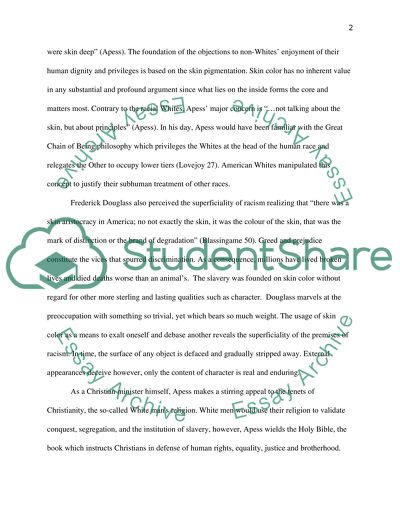Cite this document
(“William Apess and Frederick Douglass Research Paper”, n.d.)
William Apess and Frederick Douglass Research Paper. Retrieved from https://studentshare.org/history/1439545-any-event-in-western-civilization-from
William Apess and Frederick Douglass Research Paper. Retrieved from https://studentshare.org/history/1439545-any-event-in-western-civilization-from
(William Apess and Frederick Douglass Research Paper)
William Apess and Frederick Douglass Research Paper. https://studentshare.org/history/1439545-any-event-in-western-civilization-from.
William Apess and Frederick Douglass Research Paper. https://studentshare.org/history/1439545-any-event-in-western-civilization-from.
“William Apess and Frederick Douglass Research Paper”, n.d. https://studentshare.org/history/1439545-any-event-in-western-civilization-from.


